

Sunflower Hospital is the Best IVF center in India providing the best IVF clinic services and an outstanding Assisted Reproduction India’s best IVF centre located in the Best IVF hospital in India, easily accessible via all forms of transportation.
We understand the life full of challenges that couples face and we try to solve all the challenges that we have learned in all the past years of practice.
In vitro fertilisation or, what in layman language is better known as test tube baby, involves formation of an embryo in the laboratory by fertilising the female egg and male sperm after retrieving them from the couple. This process is a cornerstone of IVF treatment in India.
This process involves a series of steps : stimulation of ovaries to produce multiple oocytes -> collection of egg from ovaries -> fertilisation of eggs with partner’s sperm in IVF lab -> embryo culture and grading -> embryo transfer -> pregnancy test 14 days after embryo transfer.
The first “test tube baby”, Louise Brown, was born in 1978 and she herself is a mother of a healthy baby boy now.
Since her birth there are at present nearly 80 lakh children born through IVF.
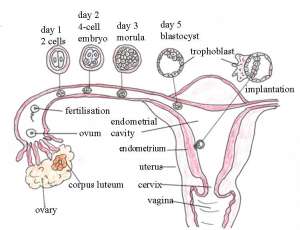
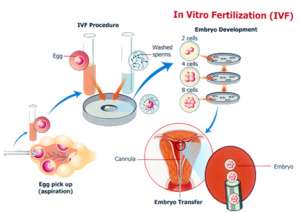

IVF is most suitable for couples who desperately want to become parents however none of the conventional ways of managing infertility have worked for them so far. We have the best IVF specialist in India who helps fulfill your dream of parenthood by giving the most astounding standard of fertility treatments.
If you are looking for the Best IVF Center India at Sunflower Infertility & IVF Center is the right decision for you. We specialize in all types of fertility treatments for men and women. Our fertility treatments are customized for every patient, utilizing advanced techniques that diminish side effects, stress, and duration of the treatment. Sunflower Hospital is one of the leading infertility hospitals for cost-effective IVF treatment with the best IVF success rates.
We are not just a Best IVF clinic in India Sunflower Infertility & IVF Center is a family with specialist doctors, nurses, medical staff, and everyone who works in our hospital to begin someone’s family. Furthermore, we always emotionally support our patients and make them stronger mentally by proper fertility counseling. So that they are ready for treatment without any kind of stress and negative thoughts. This positive way helps us to win half the battle. Our team includes some of the best IVF doctors in India, who are also renowned infertility specialists in India. We offer a range of infertility treatments in India, based on the unique needs of each couple.
There are a number of reasons for performing IVF


As you can see in the image, IVF is a stepwise process
1) stimulation of ovaries, injections are administered to female partner for 8 -10 days
2) egg retrieval from ovaries, this procedure is performed through transvaginal sonography guided needle aspiration under anaesthesia is a painless procedure with no stich or cut.
3) fertilisation of eggs with partner’s ejaculated ( or surgically retrieved sperm in certain indicated cases) is done in IVF lab through IVF(in vitro fertilisation) or ICSI (intra cytoplasmic sperm injection)
4) embryo maturation, embryos are cultured for 2- 5 days in IVF lab and graded.
5) embryo transfer, 1-2 best grade embryos are transferred back to uterus and rest are frozen.
A number of tests are important to plan and prepare for IVF cycle to ensure best results in a single attempt

This is determined based on patient’s age, infertility factor and embryo quality. Older aged women have lower implantation rate, hence older the woman greater number of embryos are transferred, except for women using donor eggs or genetically tested embryos. In a similar way poor quality embryos and certain infertility factors like endometriosis, severe male factor, adenomyosis are associated poorer implantation rate and hence warrant transfer of more embryos. However risk of multiple pregnancies should be weighed.
Excess good grade embryos are cryopreserved for patient’s further use if necessary for second pregnancy or next embryo transfer in case first one fails. Not all embryos will survive the thawing process, although 99% will.
Cryopreservation can make future cycles of IVF less expensive and less invasive. Certain patients who deliver healthy twins or those who donot want further pregnancy choose to discard unused embryos.
Transfer of 2 or more embryos poses you at a risk of multiple pregnancies, nearly 30 -50% concieve a twin pregnancy via IVF.

In IVF hormones are injected to stimulate your ovaries to produce multiple eggs — rather than the single egg that normally develops each month. Multiple eggs are needed because few eggs might not fertilise, few embryos may arrest or may be of poor grade.

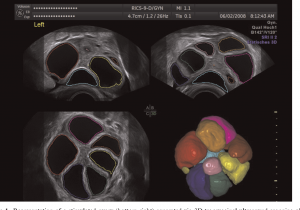
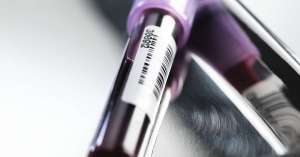
IVF Cycle may be cancelled it ovaries are not responding too well.
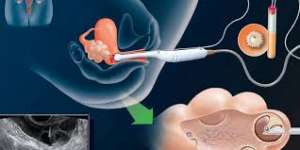
After egg retrieval, patient may experience mild lower abdominal pain or minor vaginal bleeding.
Follicular fluid is then screened for cumulus oocyte complexes(COCs). For IVF eggs that appear healthy and mature will be mixed with sperm to attempt to create embryos. However, not all eggs may be successfully fertilized. ) For ICSI, COCs are incubated for 2 hours, following which they are stripped, metaphase 2 oocytes are then injected with sperms.
After the egg retrieval , you can resume normal daily activities. However, your ovaries may still be enlarged. Consider avoiding vigorous activity, which could cause discomfort.
It is observed that post OPU there is minor discomfort like cramping :
Your partner will be asked to produce a semen sample through masturbation. Sperm will be seperated from seminal plasma. In certain cases like when partner diagnosed with azoospermia ( zero sperm count ), sperms can be retrieved by needle aspiration from epididymis or testis.
Fertilization
Fertilization can be attempted using two common methods:
Conventional insemination: During conventional insemination, healthy sperm and mature eggs are mixed and incubated overnight.
Intracytoplasmic sperm injection (ICSI): In ICSI, a single healthy sperm is injected directly into each mature egg. ICSI is often used when semen quality or number is a problem or if fertilization attempts during prior IVF cycles failed.
Embryo transfer is performed 2 to 5 days after ovum pickup.
The procedure is usually painless and doesn’t require anaesthesia in most cases.
Embryos are inserted via a long, thin, flexible tube called a catheter into your vagina, through your cervix and into your uterus.
A syringe containing one or more embryos suspended in a small amount of fluid is attached to the end of the catheter.
Under trans abdominal sonography guidance once catheter is placed at proper position, embryos are injected.
If successful, an embryo will implant in the uterus about 2 -5 days after embryo transfer.

About 14 days of embryo transfer ,we will test a sample of your blood to detect whether you’re pregnant.
If you’re pregnant,we will ask you to continue the medications and schedule you for an ultrasound after 4 weeks of embryo transfer.
If you’re not pregnant,you’ll stop taking progesterone and likely get your period within a week. If you so it seems like you have frozen embryo remaining with us , we will guide you through the next cycle. We will perform a few tests to determine cause of failure and apply a few more modifications to improve your chances of getting a pregnancy.
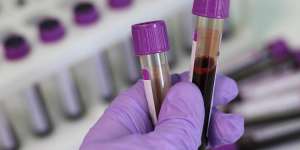
In certain situations embryos are not transferred in the same cycle as egg retrieval but are frozen 2-5 days after egg retrieval if conditions are not optimal for embryo transfer like :
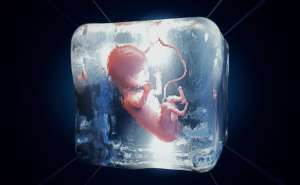
Embryo cannot survive beyond 5-6 days of culture in the IVF lab, and hence are frozen at that stage and later warmed before transfer when conditions are optimised.
Embryos are frozen with vitrification technique, that is a technique which involves replacing all the water from the cells with cryoprotectant and then subjecting it to a temperature as low as -196 degree celsius which leads to glass like freezing.
This technique has very good post warming survival rate of embryos as high as 99-100% as no ice crystals are formed, like in slow freezing technology which was use a couple of years back.
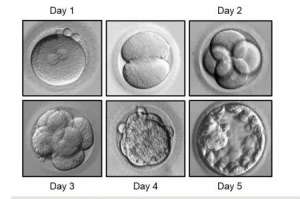
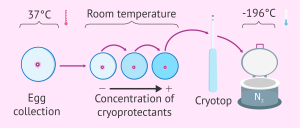

Since 2017 we have adopted the all freeze cycle approach, this has helped us achieve consistently higher pregnancy rates ( >10-15%) than fresh embryo transfer cycles except for a few select cases where we perfrom fresh embryo transfer.
Safety of embryo freezing
This process is absolutely safe procedure for both patient and her child. Children born thus are not known to have any high risk of abnormality.
Advantages

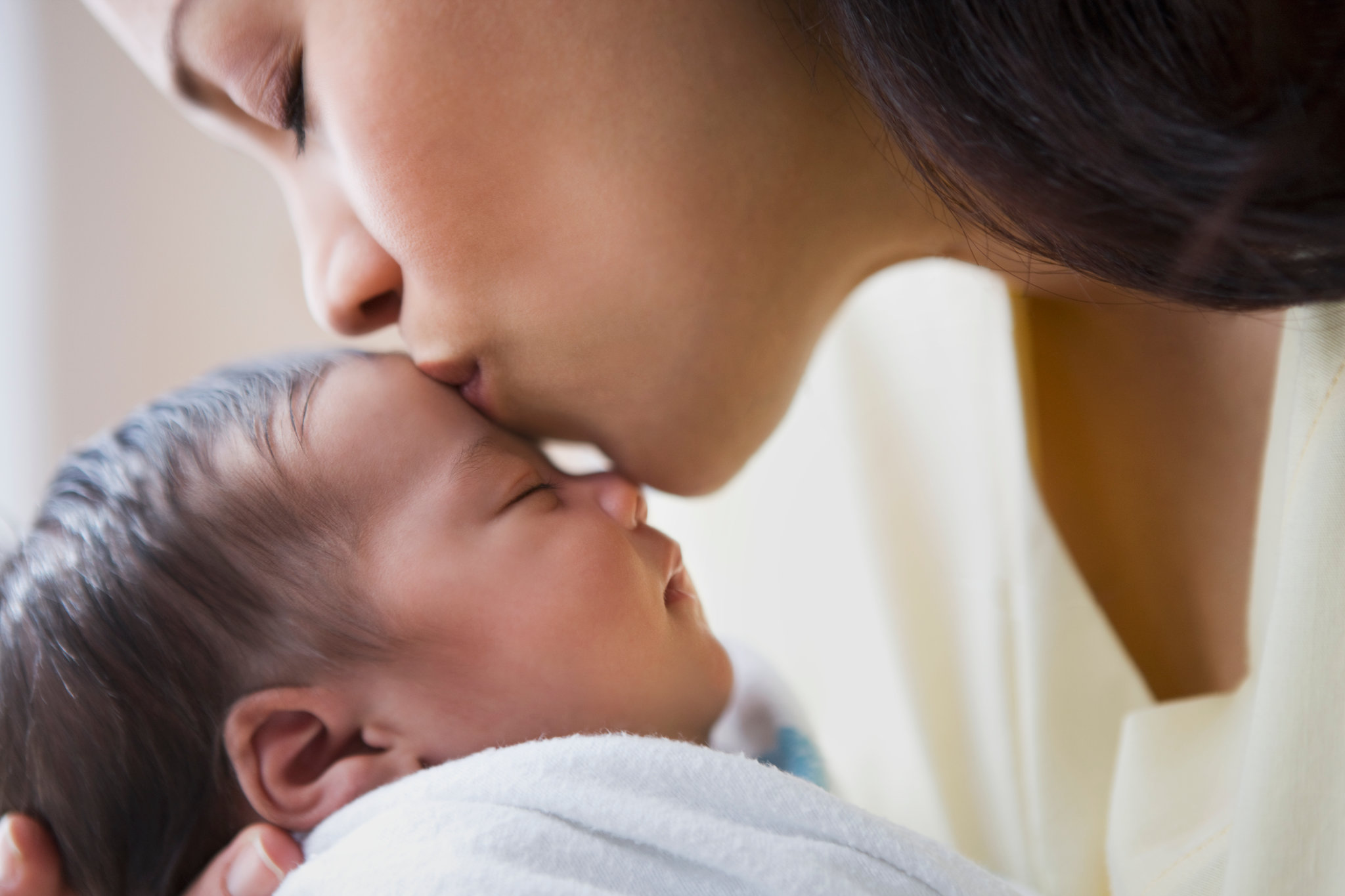
With multiple IVF centers and clinics mushrooming across the country, it can become quite confusing to select the right IVF centre to undergo the IVF cycle as a patient.
One of the cornerstone in guiding the couple’s decision to chose the right IVF clinic is the clinic’s success rates
Here we present to you our IVF success rates per embryo transfer and cycle numbers over the last 10 years.

IVF success rates per embryo transfer

Number of embryo transfer cycles per year

The IVF Cost involved for IVF has remained nearly the same for the last 10 years.
The cost is dependant on the type of injection used for IVF stimulation, the kind of IVF lab set up, and consumables.
Compromising on quality does bring down the cost but at the sacrifice of success rates.
However, an IVF cycle in India cost is nearly 1/10 of that USA, UK, Australia, etc.
The success rate of India’s best IVF centre in our clinic is similar.
Hence India is becoming a medical tourism hub for IVF treatment